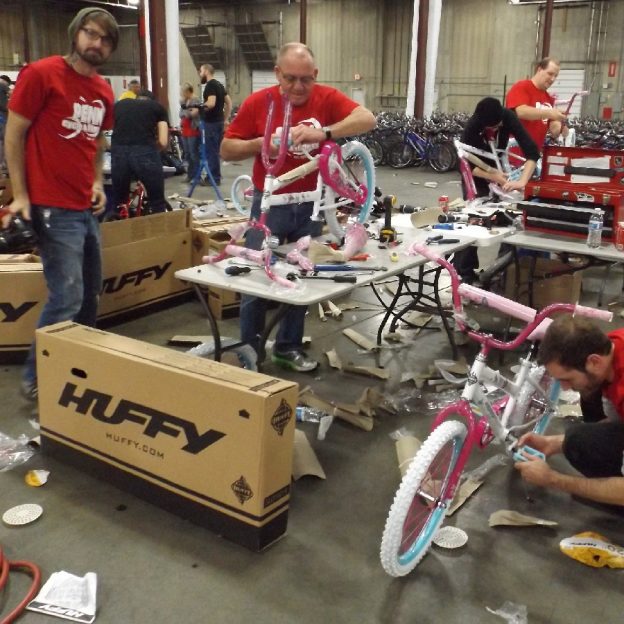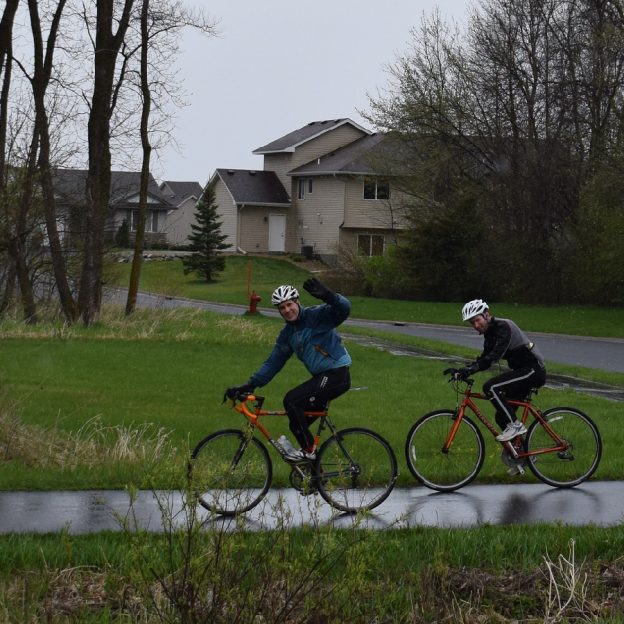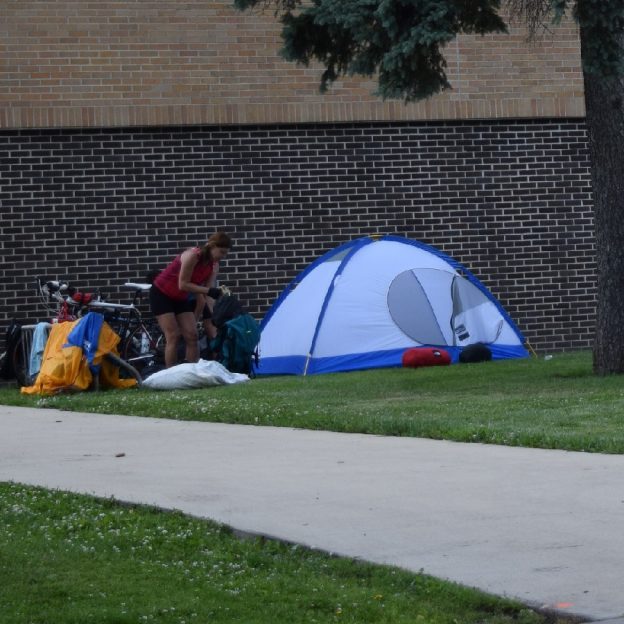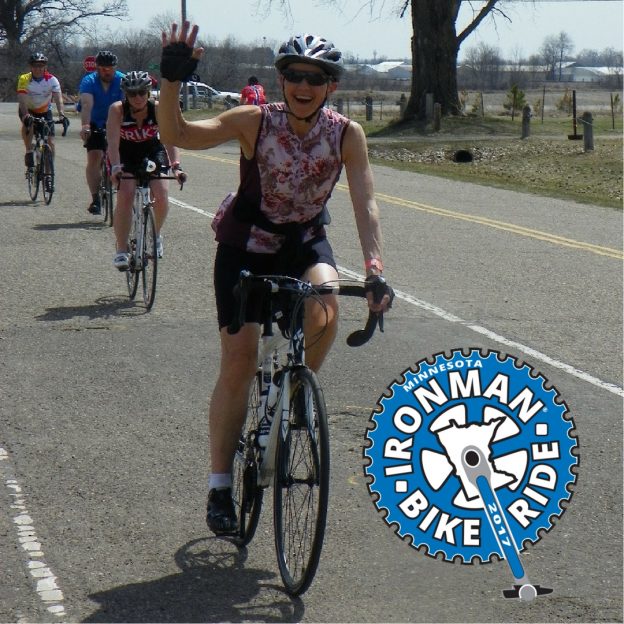Author: John Brown
-

Learn How to Care for Your Bike Tires for a Comfortable and Safe Ride
Tires are often overlooked but wildly important in the safety and security of your next bike ride. Learning how to inflate your bike tires properly, review their condition, and fix flat tires is something every rider should know.
-

Get Started Giving Back to Your Cycling Community
Giving back to the trails, paths, roads and events you enjoy is a great way to stockpile some good karma and it’s fun! There are countless ways to give back. You can volunteer to support rides and races, you can clean up the trail system, you can help build trail, you can support high school…




